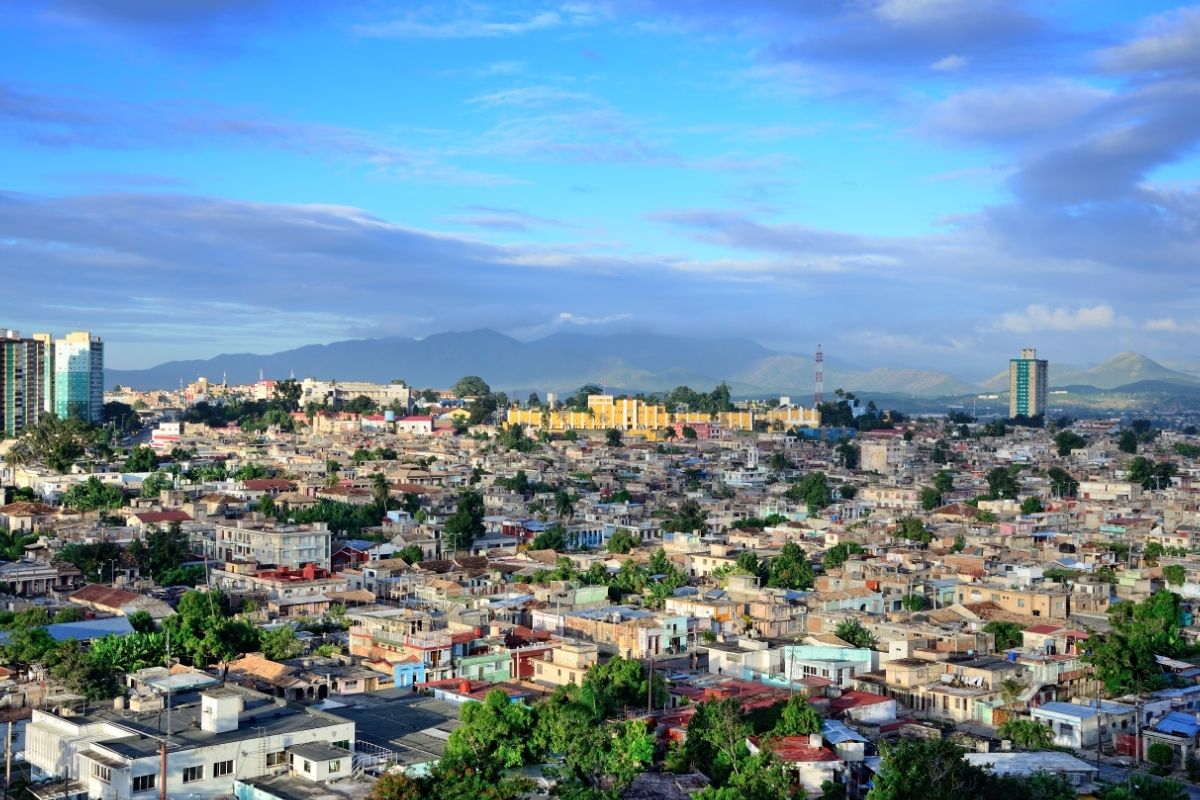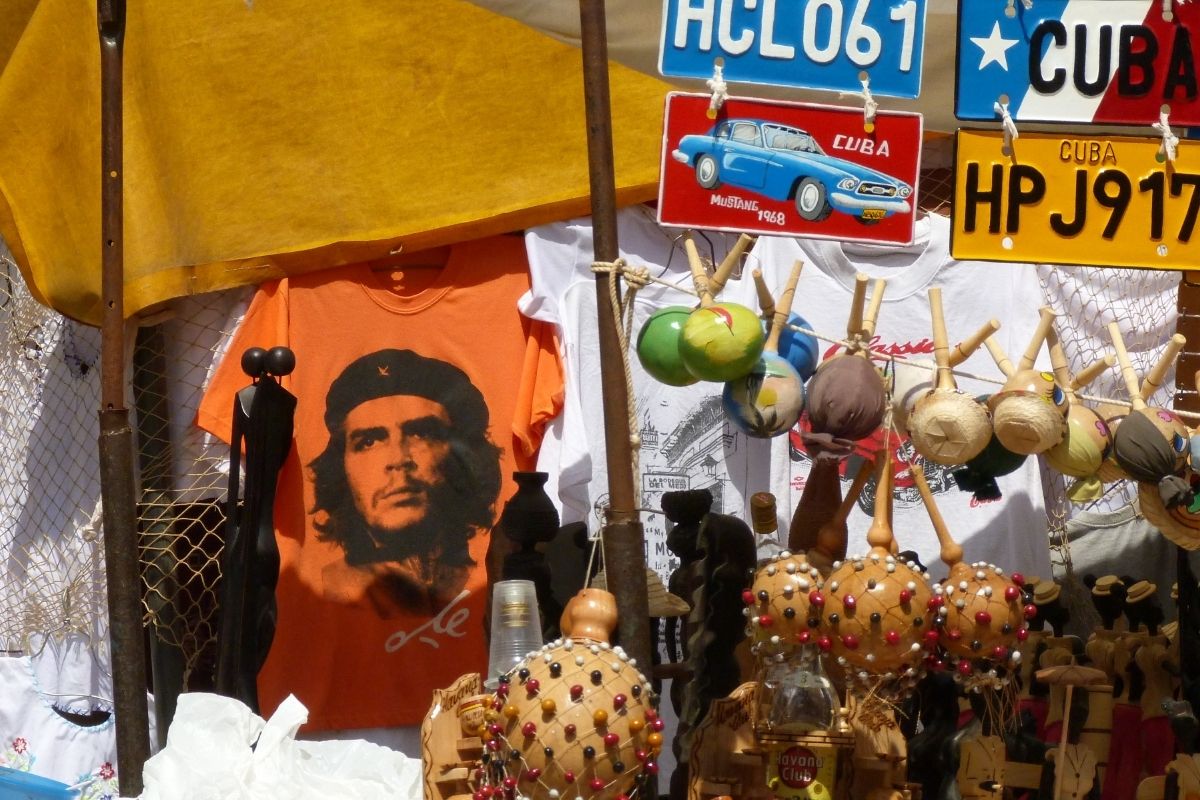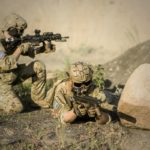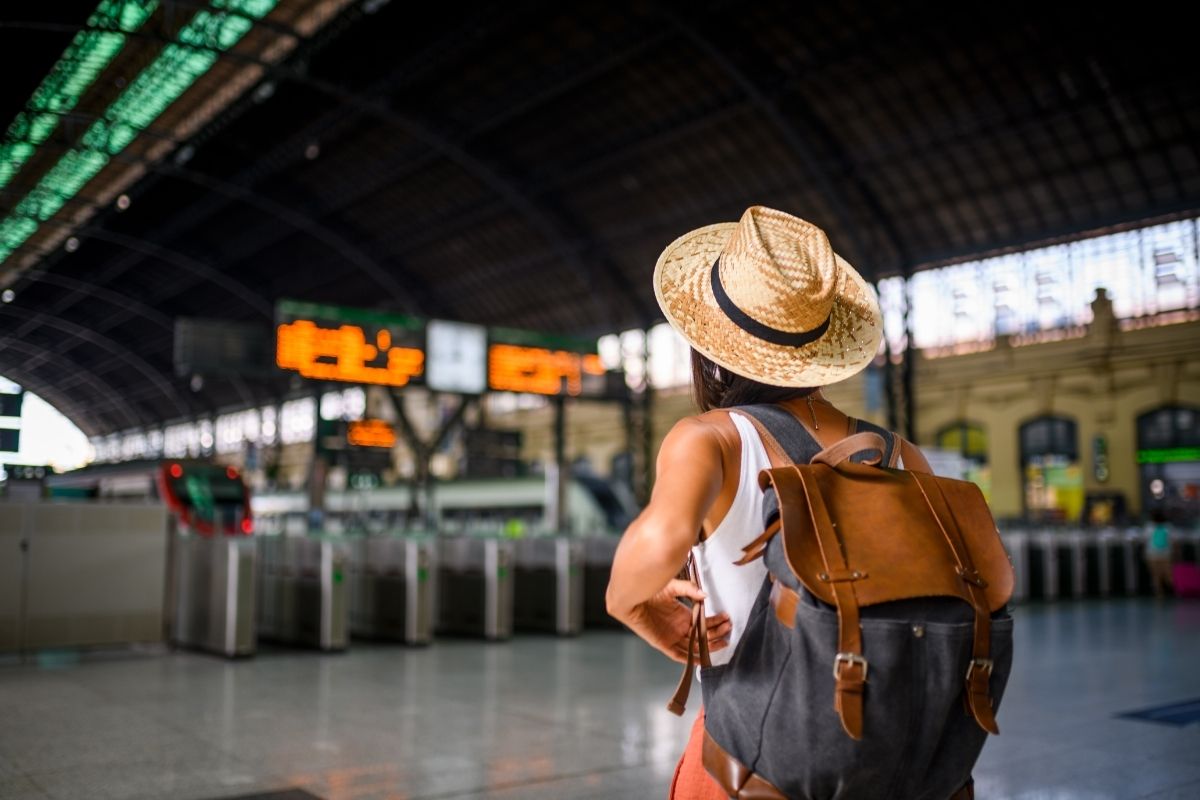If you are taking a trip to Cuba, you may have been reading up on crime rates and come across Cartel activities in the country.
The Cartel in Cuba is known as the Cartel de Soles which translates to Cartel of the Suns and is defined as a network of cells that reaches high levels of government and military.

The Cartel de Soles is not only active in Cuba as they also have cells in South American countries such as Colombia and Venezuela to name a few.
In Venezuela especially, it is difficult to investigate the Cartel de Soles activity in the country as there are members of the Cartel high up in their government.
In this guide, we’ll be taking you through everything you need to know about the Cartel in Cuba, providing you with facts that you need to know before your trip.
We’ll delve into the origins of the Cartel and how they rose to power through the 1990s and 2000s.
Origins Of The Cartel De Soles
The Cartel de Soles was first mentioned and established in 1993 when National Guard generals were investigated by US officials for drug trafficking crimes.
The name of the Cartel comes from the insignia found on the shoulder of their uniform.
During this time, the Cartel de Soles were active in Venezuela and Colombia and saw military officials paid to move products from one country to the other.
While the 1990s saw the Cartel de Soles engaging in what could be perceived as a small operation, it grew and became more involved by the mid-2000s.
So, where does Cuba play a role in this?
In 1992, Lt. Col. Hugo Chávez (who would later become President of Venezuela), helped expand the Cartel de Soles by developing a close relationship with Fidel Castro which helped expand the organization into Cuba, while also strengthening their control of security in Venezuela.
Together Cuba and Venezuela worked to develop their military forces and, in turn, strengthen their drug trafficking operation.
While Venezuela was the hub of the Cartel de Soles, Cuba played a huge role in its expansion, especially when the relationship between the Revolutionary Armed Forces of Colombia and Venezuela became strained.
In the 2000s, the Cartel de Soles began to become more widely known among the public as its activity increased.
In Venezuela, drug trafficking became more evident between 2004 and 2007 as an investigation conducted by the US Government Accountability Office and the White House Office of National Drug Control Policy stated that cocaine trafficking had increased from 50 metric tons to 250 metric tons during this time.
Where Does The Cartel De Soles’ Activity Take Place?
The Cartel de Soles has its origins within the Venezuelan military and primarily acts in the country and Colombia.
However, they are known to also traffic drugs across various countries in the Americas including Cuba, the Dominican Republic, and Honduras as well as extensive routes that span through Europe and West Africa.
It is difficult for other governments to investigate the group’s activities in Venezuela due to the influence that the Cartel has on Venezuela’s government and military, with many government and military officials also acting as members of the Cartel.
However, governments such as the US government are able to track the movements and activities of the Cartel via their various trafficking activities in other countries.
Who Leads The Cartel De Soles?

Over the years, there are 123 known senior officials who have been associated with the organization.
There are senior government and military officials who have been associated with the Cartel de Soles ever since its inception as the organization relied on its high level of authority and power to bribe members of the military to actively take part in drug trafficking between countries.
The ties even go right up to various Presidents including the Venezuelan President Nicolás Maduro and his family as they were thought to have taken part in various corruption schemes.
What Is Happening With The Cartel De Soles Today?
The Cartel de Soles still exists today, but the work of the US government is helping to bring down various senior officials within the organization in a bid to stop their activity.
After Hugo Chavez’s death in 2013, his successor President Maduro continued his involvement with the Cartel de Soles and facilitated their involvement with the Venezuelan government.
However, in March 2020, the US Justice Department charged Maduro and other Venezuelan government officials with a variety of charges.
These charges include corruption, drug trafficking, and narco-terrorism among others.
Frequently Asked Questions
Is Crime High In Cuba?
Although there is a common misconception about crime in Cuba, it actually has one of the lowest rates in the Caribbean and South America with a murder rate of 4.6 people per 100,000 people.
This is because there aren’t that many guns and violent crime is not common.
What Happens If You Commit A Crime In Cuba?
If you commit a crime in Cuba, there are various punishments depending on the crime and its severity that can see you being arrested, expelled, or imprisoned.
Examples of severe crime include the possession, use, or trafficking of illegal drugs which comes with heavy fines and long jail sentences.
What Is The Most Common Crime In Cuba?
As stated before, violent crime is not common in Cuba and this is reflected in the crimes that top the list for most crimes committed in the country.
This is because the two most common crimes are pickpocketing and purse snatching which occur in crowded areas and areas that are popular among tourists.
Conclusion
In conclusion, the Cartel de Soles may have its origins in Venezuela, but its presence is evident in Cuba even to this day.
It is a drug-trafficking organization that consists of a variety of cells that incorporate the highest levels of government and military.
With its origins taking place in the National Guard, the Cartel de Soles is an organization that is still active in the world today across various countries including Venezuela and Cuba.
- What Is The Largest Island In Cuba? - September 19, 2022
- Havana – Why Is It Cuba’s Most Exciting City? - September 19, 2022
- Cheapest Time To Visit Cuba (Ultimate Guide) - September 19, 2022








